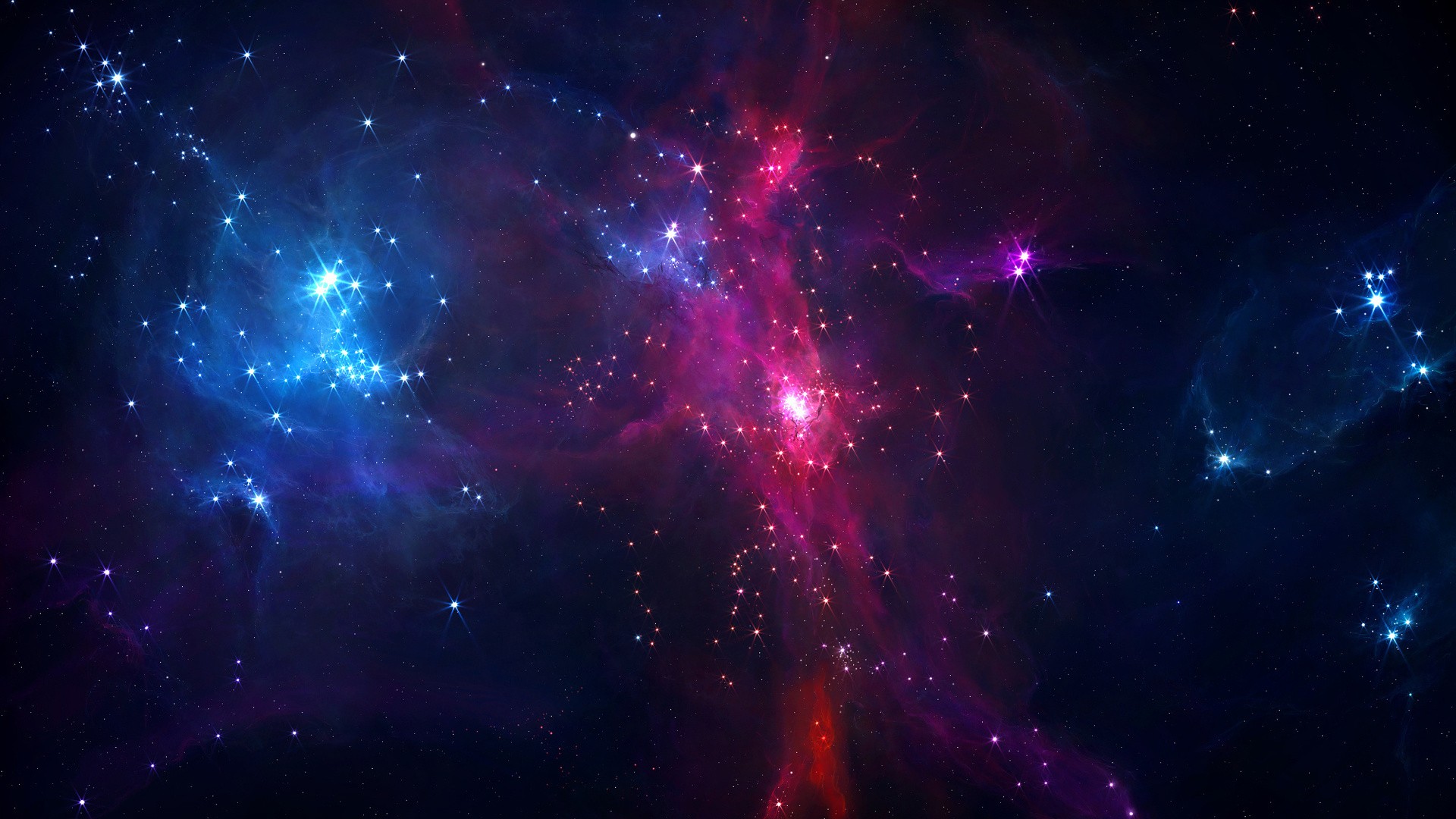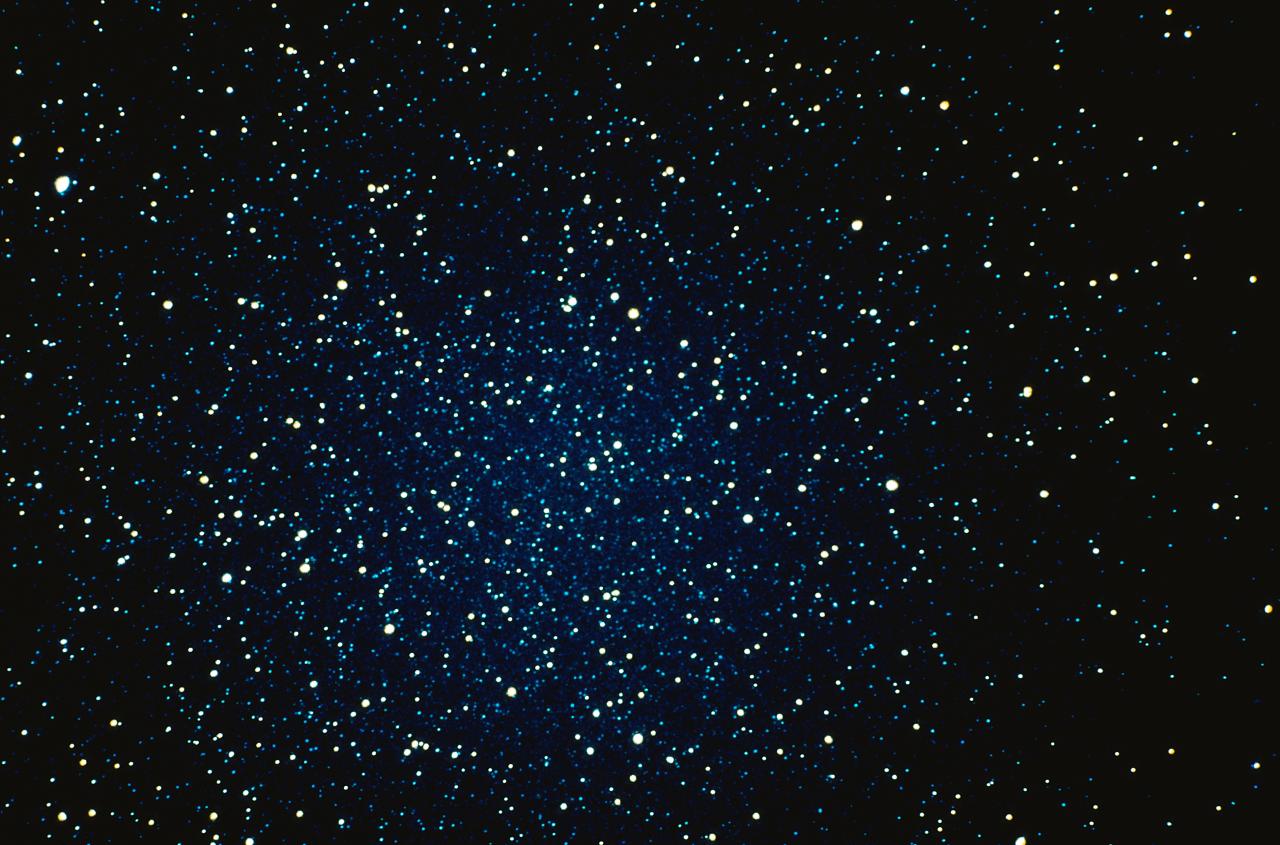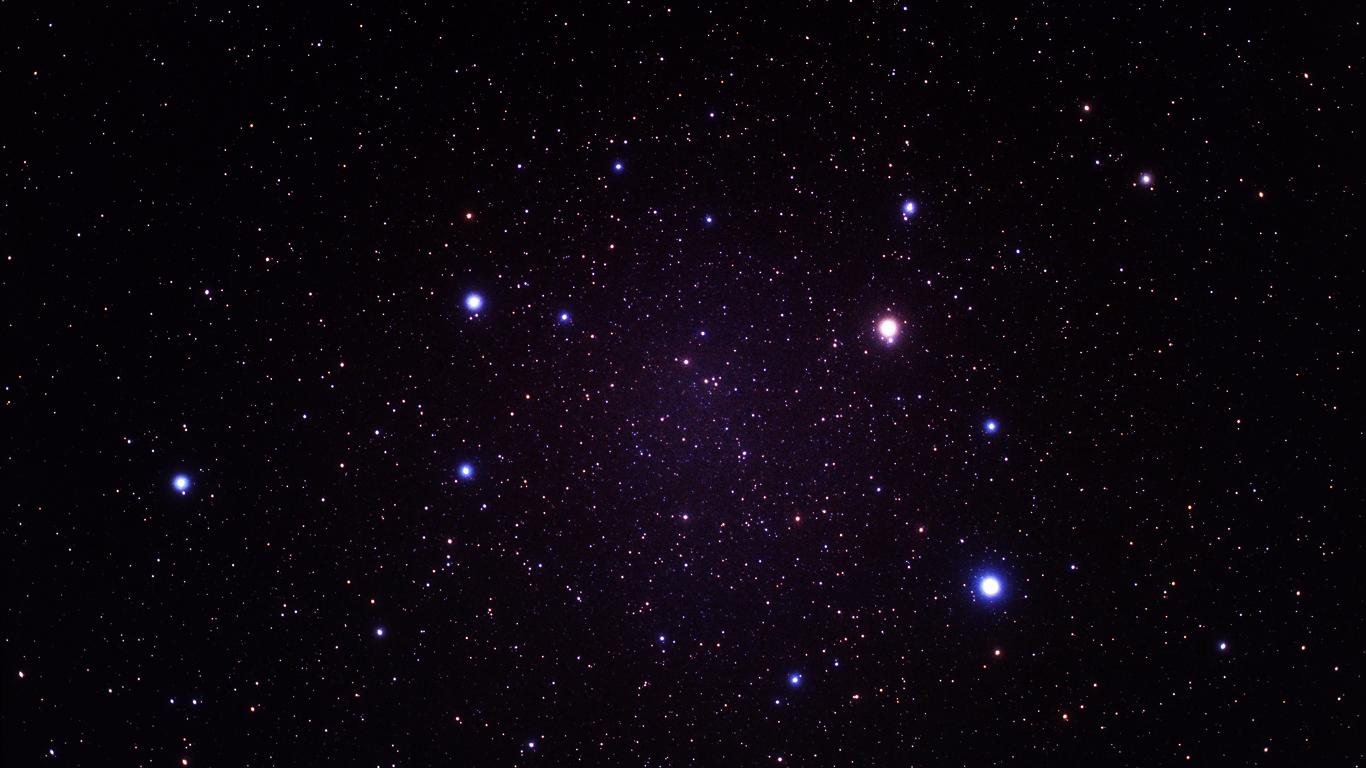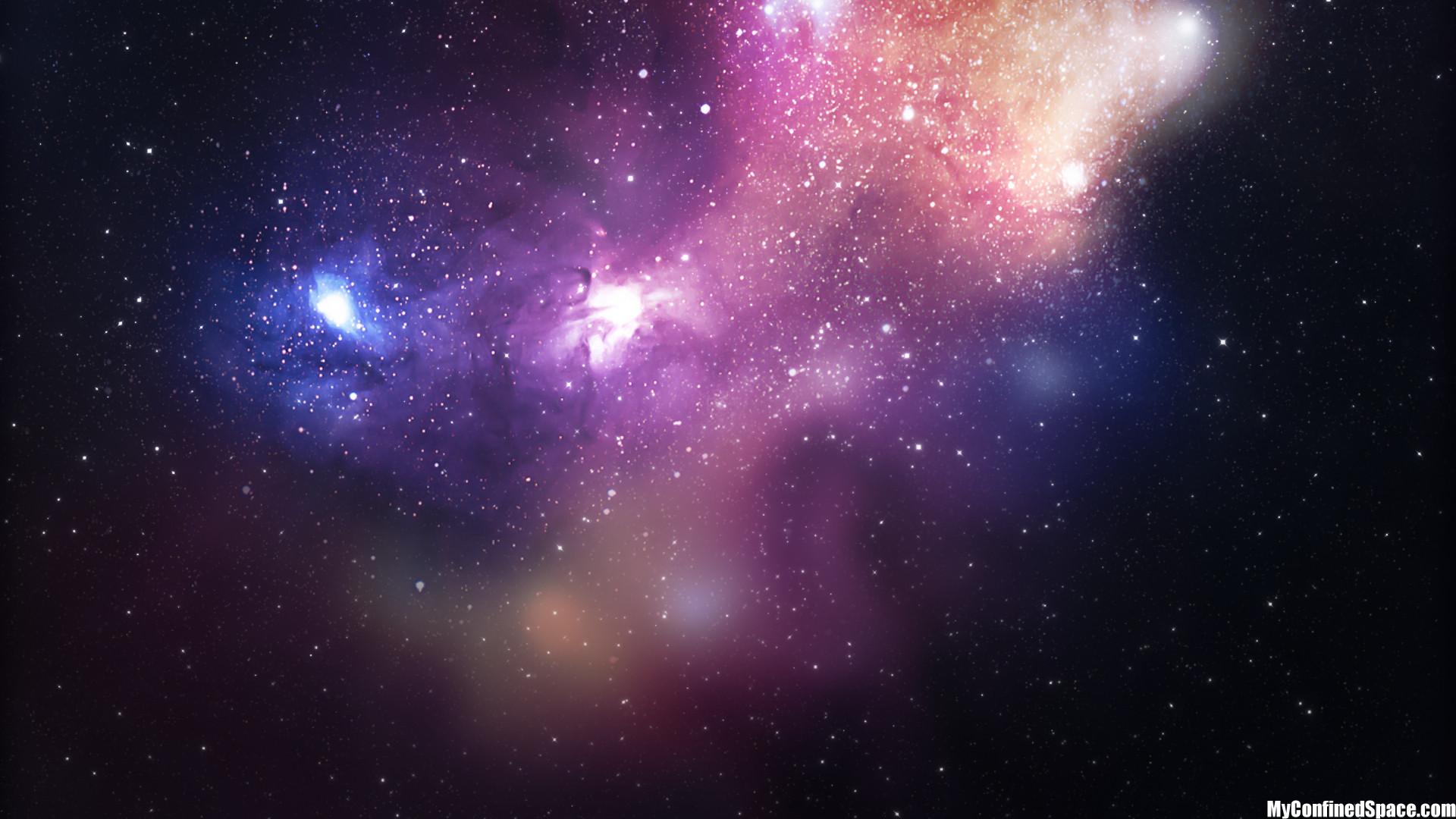Kepler-10b is an Earth-size exoplanet Please visit http://www.SpaceChronology.com Video and narration: Credit: NASA/Kepler Mission/Dana Berry NASA's Kepler mission confirmed the discovery of its first rocky planet, named Kepler-10b. Measuring 1.4 times the size of Earth, it is the smallest planet ever discovered outside our solar system. The discovery of this so-called exoplanet is based on more than eight months of data collected by the spacecraft from May 2009 to early January 2010. This video is narrated by Kepler Deputy Science Team Lead Natalie Batalha.

The first two Earth-like worlds orbiting another star have been detected, although neither are believed to be suitable for life.

Discoveries of new planets just keep coming and coming. A team of astronomers has found 18 Jupiter-like planets in orbit around massive stars. The discoveries further constrain theories of planet formation.

The NASA Kepler Mission is designed to survey a portion of our region of the Milky Way Galaxy to discover Earth-size planets in or near the "habitable zone," the region in a planetary system where liquid water can exist, and determine how many of the billions of stars in our galaxy have such planets. It now has another planet to add to its growing list. Researchers have shown that one of the brightest stars in the Kepler star field has a planet with a radius only 1.6 that of Earth

A new model has been developed to help in the search for life beyond our solar system.

Astronomers have measured the diameter of the dwarf planet Eris by catching it as it passed in front of a faint star. This was seen by telescopes in Chile, including the TRAPPIST telescope at the European Southern Observatory

"Congratulations LkCa 15! You've given birth to a proto-exoplanet!"

If there's one thing to be said for the Kepler mission, it's certainly turning up some very strange new worlds.


Astronomers using ESO’s world-leading exoplanet hunter HARPS have today announced a rich haul of more than 50 new exoplanets, including 16 super-Earths, one of which orbits at the edge of the habitable zone of its star. By studying the properties of all the HARPS planets found so far, the team has found that about 40% of stars similar to the Sun have at least one planet lighter than Saturn.

A recent study says that a particular mathematical technique could be used to detect forests on extrasolar planets.

(PhysOrg.com) -- An international team of astronomers today revealed details of a "super-exotic" exoplanet that would make the planet Pandora in the movie Avatar pale in comparison.

Tides can render the so-called "habitable zone" around low-mass stars uninhabitable, according to new research. Until now, the two main drivers thought to determine a planet